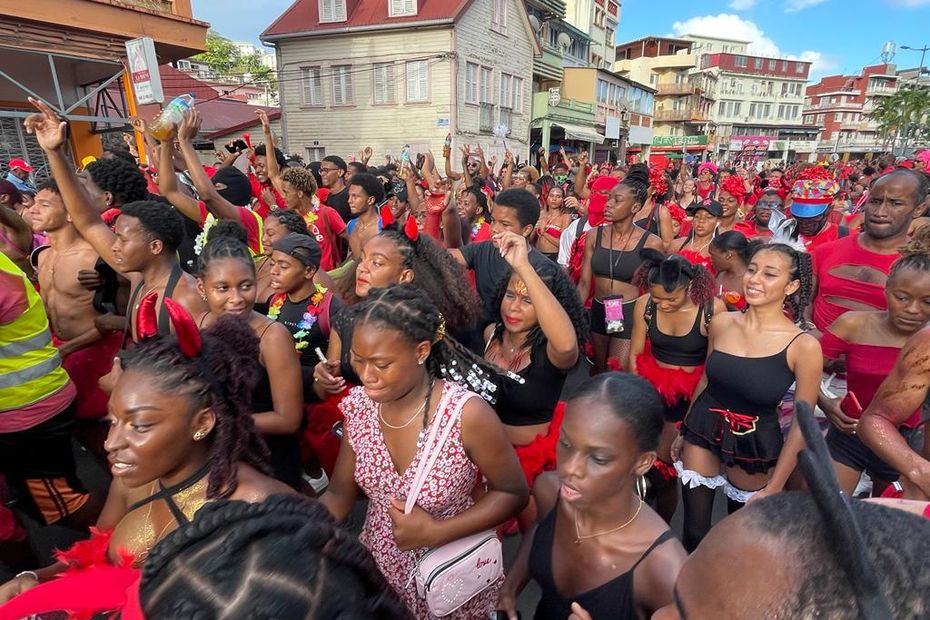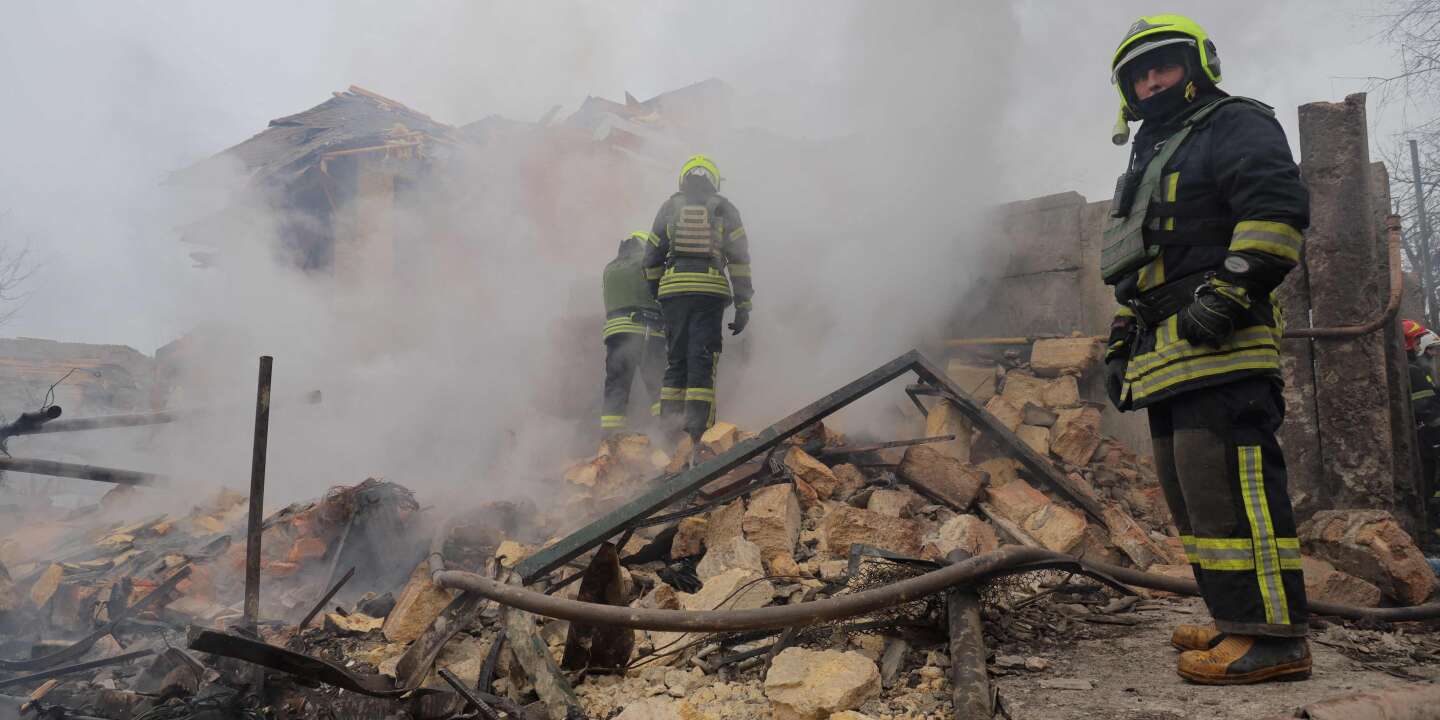Martinique’s Carnival, an essential marker of the people’s identity

Carnival festivities will be at their peak from this Sunday, February 11, 2024, ushering in a brief and intense sequence of Shrove days. One should not miss this ritual in our calendar during which the entire country communicates around ancient and enduring values.
Carnival is a period of festivities that has existed for a long time. It was born when our forefathers were enduring the tortures of the slave system. It is one of our oldest customs. It is also one of the most consistent signs of the vitality of Martinican culture for nearly two centuries.
A popular phenomenon if ever there was one, the moment of masks and transvestites remains an elusive sequence. Sociologists, anthropologists, and historians who have taken an interest in it believe that it is an authentic marker of identity that spans the ages. Like all our cultural traits, it results from the synthesis of practices of various origins.
In 17, brought by settlers from the first days of the island’s occupationm Over the century, carnival quickly became a time of festive meeting between the masters of Europe and the captives of Africa. This moment of joy then becomes a space in time of freedom.
This bracket of freedom became a time-limited sequence during which social and political satire was authorized. The supreme gesture of the moment is the creation, then the destruction of the waval, a effigy representative of a mocking character, behind which the parade stretches.
After being formalized in Saint-Pierre, the capital at that time, these practices spread throughout the colony. Carnival reached its maturity in the late 19th centurym century, after the abolition of slavery. The destruction of the city by the volcanic eruption of 1902 caused a temporary break in this now well-established tradition. However, it is renewed in Fort-de-France and then spreads to the four corners of the island.
More than 20m Over the century, despite economic crises and all kinds of upheavals, the tenacity of this elaborate and time-honoured bracket of freedom has not weakened. Carnival is becoming a moment of dialogue for people who give themselves the right to say and show what they think on any subject. No authorization is sought from anyone to make fun of this or that person, express an opinion or portray a current event.
“Vidi” (the Martinique name for a street parade), leaves a lot of room for improvisation. Venting allows all kinds of freedom of tone and behavior. The show offers a riot of colors and sounds in the form of an endured mass intoxication.
Tolerance has reached its peak in recent years, with carnival goers appearing scantily clad or even completely naked. A recent and limited trend in Fort-de-France that causes some confusion. In 2024, we see the emergence of a trend in public opinion that rejects these excesses based on obscenity.
One wonders if the spirit of carnival is still revered. Is this display of half-clothed bodies a sign of modernity? Or, on the contrary, a sign of a completely disoriented society? The answer lies in our notion of freedom of expression.
Despite these more or less tolerated deviations, it is certain that Carnival is a moment of display of the vibrancy of our culture, an example of our creativity and a factor of our social cohesion. In a way, a moment in the year during which Martiniques become people.






